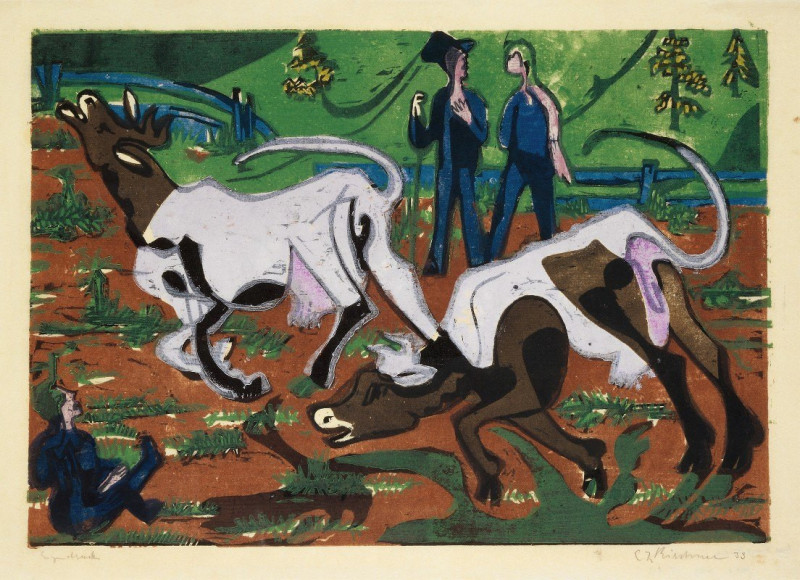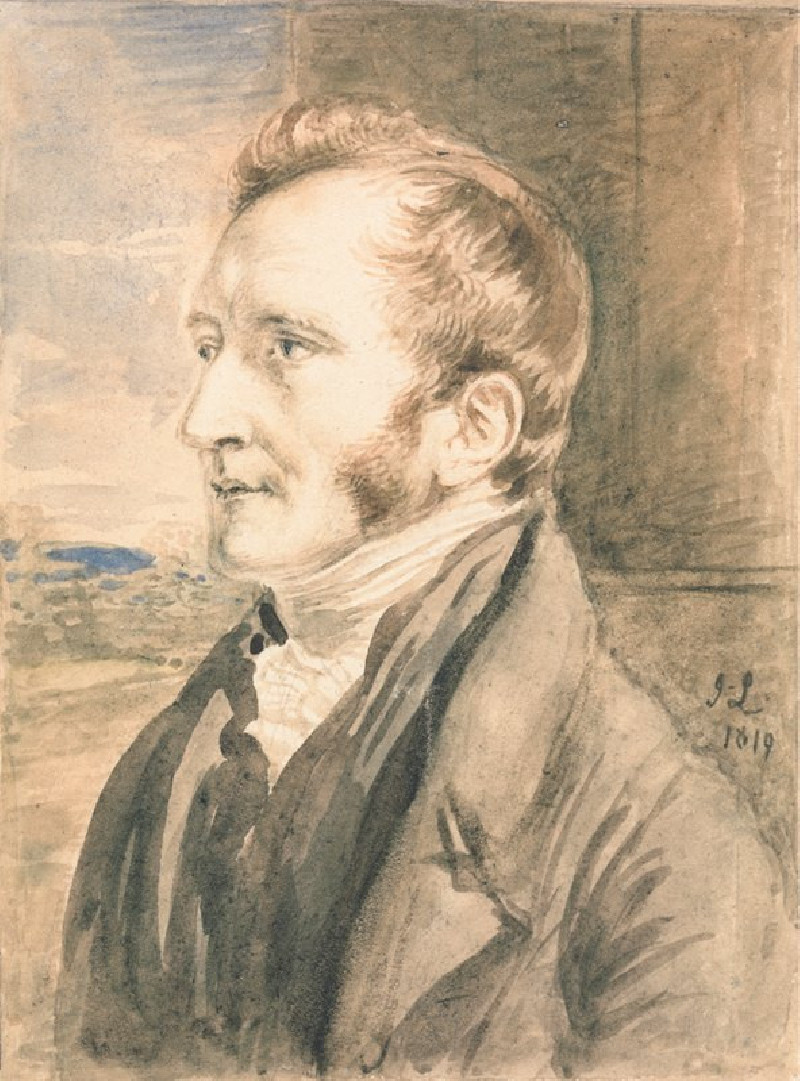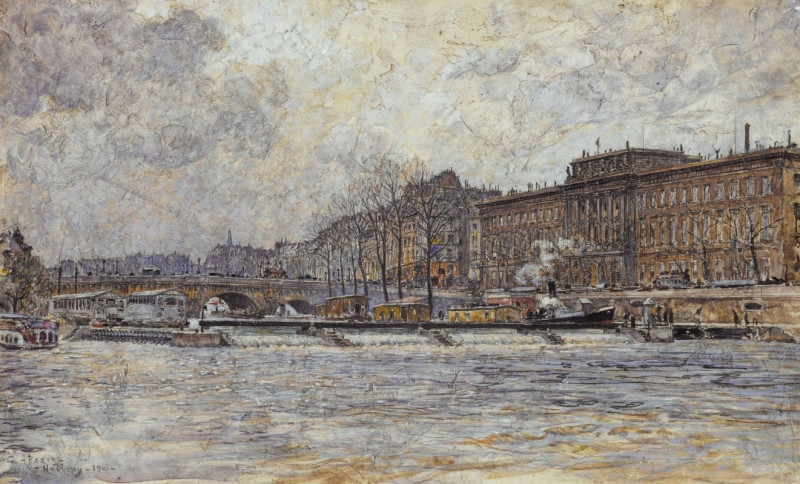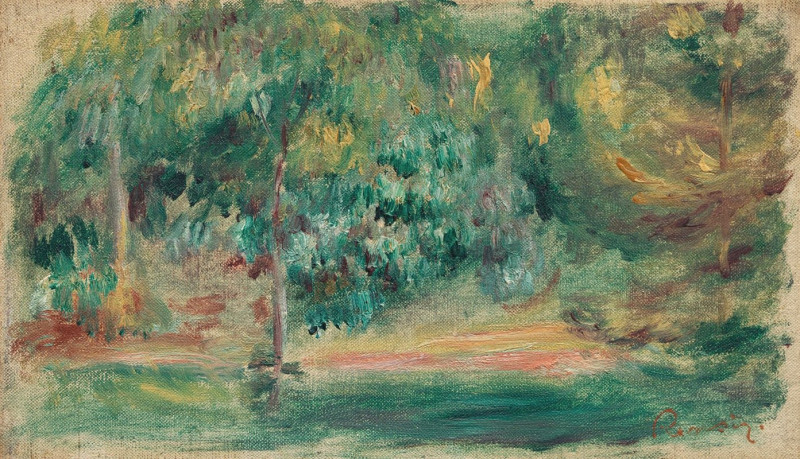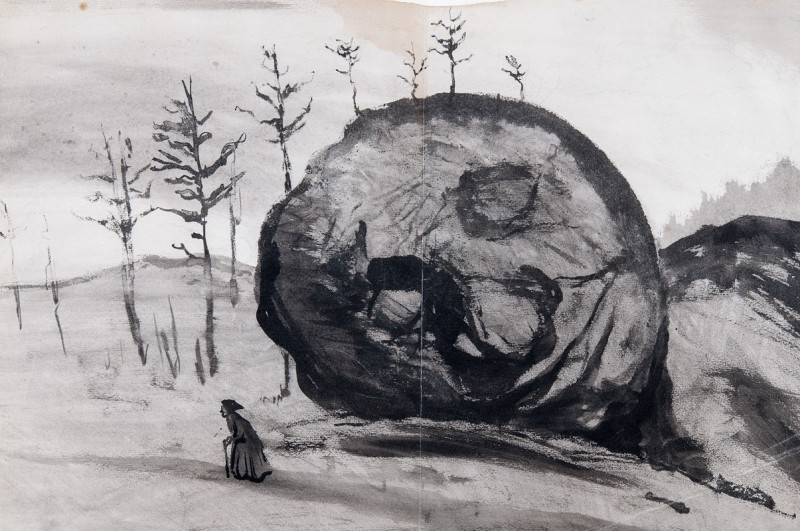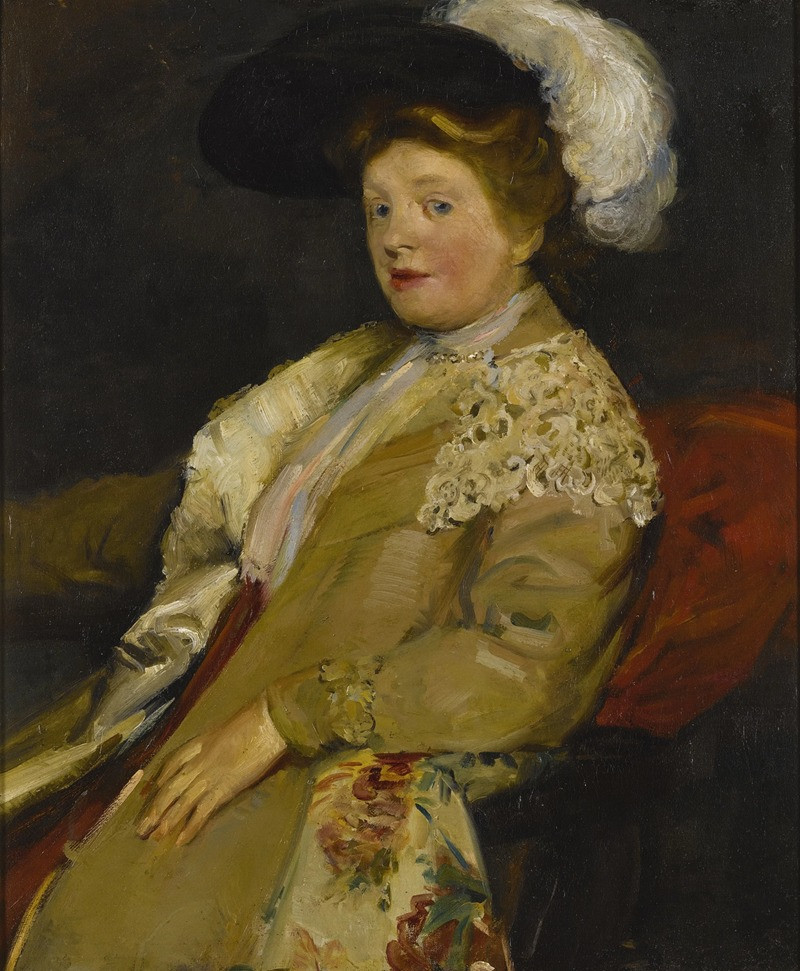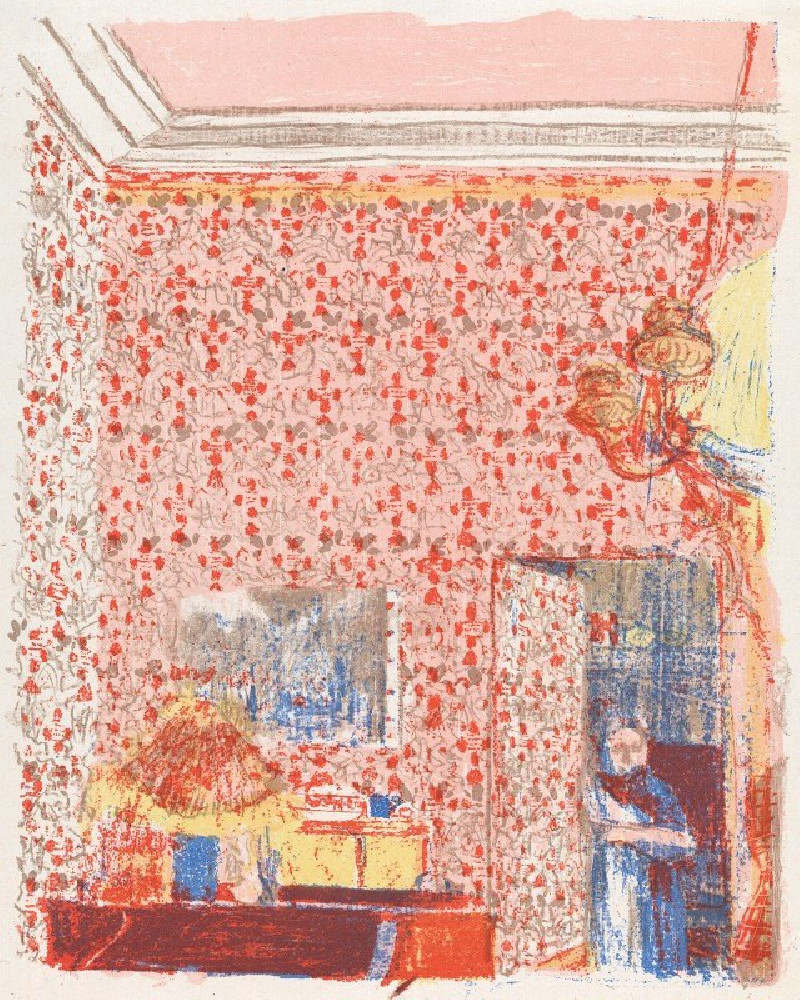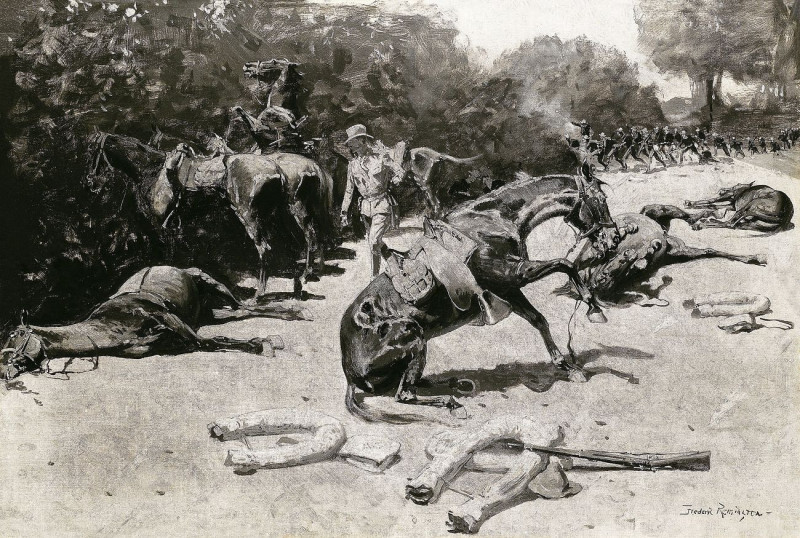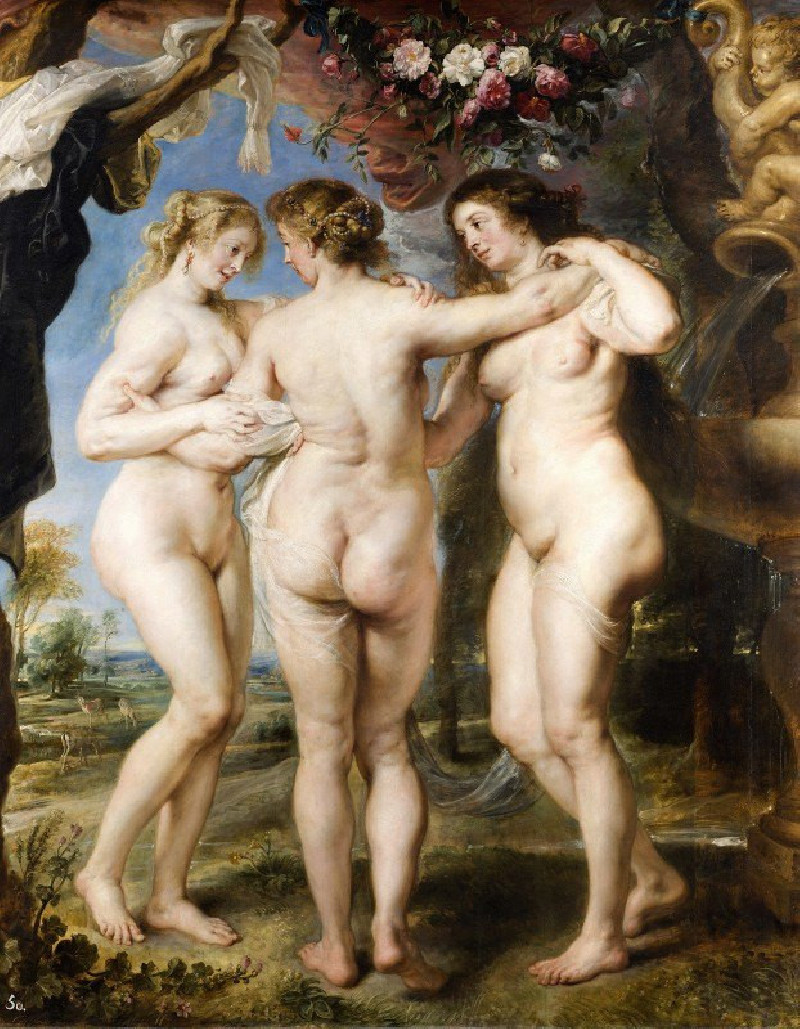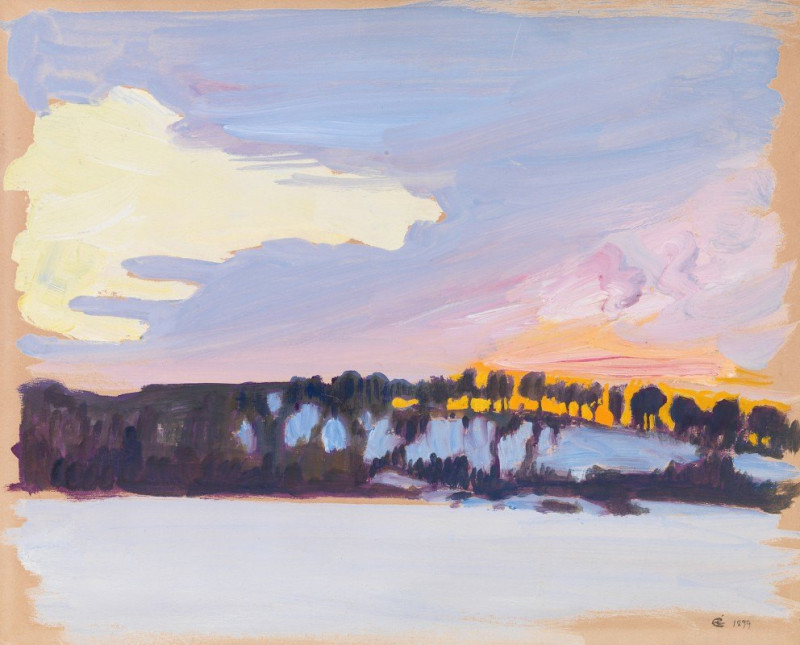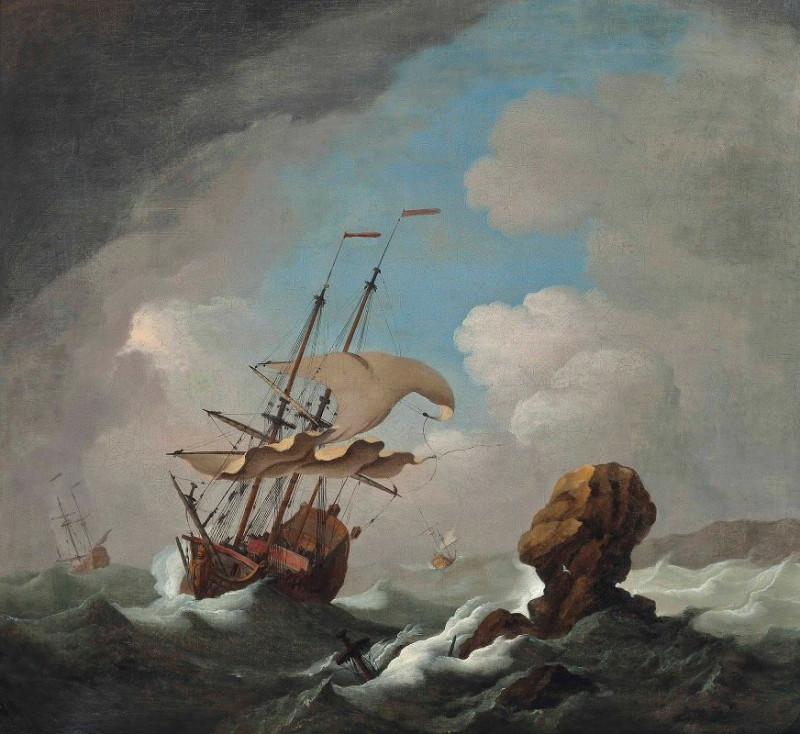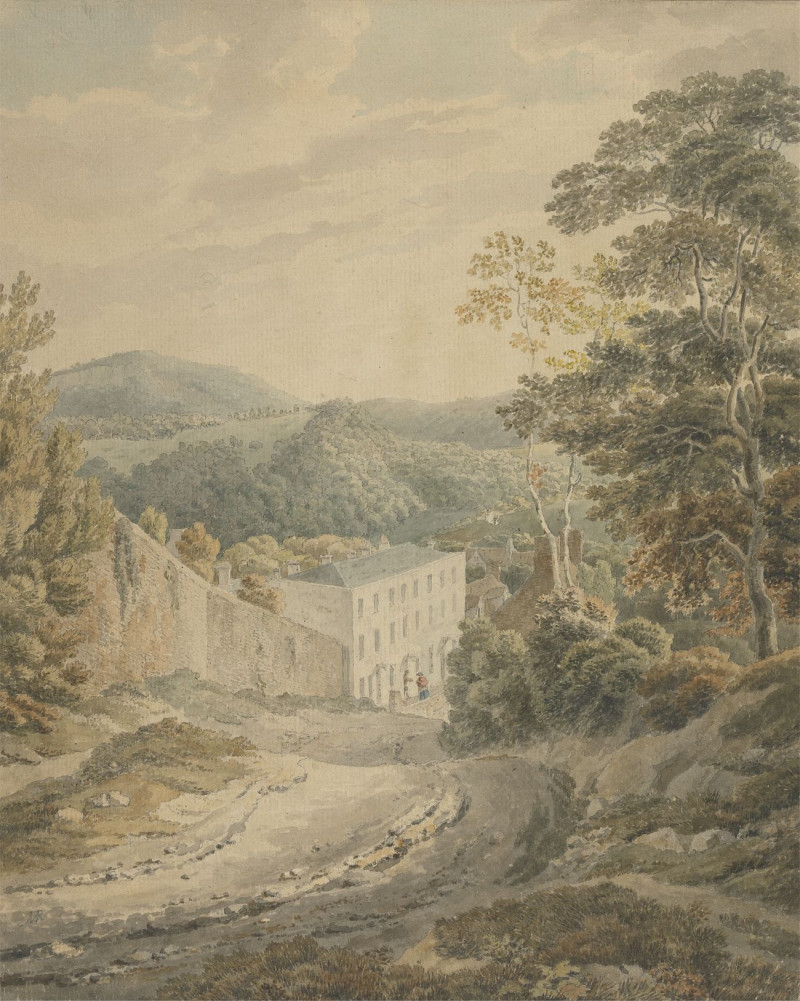Kühe im Frühling (1933)
Technique: Giclée quality print
Recommended by our customers
More about this artwork
Welcome to an exploration of "Kühe im Frühling" (Cows in Spring) by Ernst Ludwig Kirchner, painted in 1933. This vividly colorful expressionist painting captures the dynamic energy of springtime through the depiction of frolicking cows and human figures amid a pastoral landscape.At the forefront of the artwork, two cows, one starkly white and the other dark with contrasting patches, are illustrated in motion—symbols of nature's vitality. Their exaggerated, curvilinear forms convey a sense of lively movement, which is enhanced by Kirchner’s use of bold, unblended colors and swirling lines. The cows' exaggerated features and the energetic swirl of their tails add a playful, almost whimsical quality to the scene.Behind these animated figures are two men, portrayed in conversation. Their presence, along with their relatively subdued blue and black attire, contrasts with the vivid, almost wild exuberance of the cows. This juxtaposition may suggest a narrative or symbolic commentary on the relationship between humans and nature, possibly highlighting the harmonious coexistence or the disconnect between the calm order of human existence and the untamed spirit of the natural world.The background features lush green fields and hints of fences and trees, which frame the central figures and provide a context of a fenced pasture, possibly suggesting that this scene is set on a farm during early spring. The use of green tones embodies the rejuvenation associated with spring.Kirchner’s characteristic brushwork and intense color palette not only enhance the visual impact of the painting but also infuse it with emotional depth, reflecting the artist’s expressionist approach. "Kühe im Frühling" is a celebration of the season’s renewing energy and the enduring allure of the natural world, presented through the lens of one of the early twentieth century's most intriguing artists.
Delivery
Returns
Ernst Ludwig Kirchner (1880–1938) was one of the most important German Expressionist painters. He was a co-founder of Die Brücke, a group of German expressionist artists formed in Dresden in 1905. Die Brücke and Kirchner took inspiration from Vincent Van Gogh and Edvard Munch, as well as African and Oceanic art. They used woodblock printing as a medium to showcase their signature style: flat, unrealistic images with vivid colors. The recurring themes in Kirchner's artworks included exotic cultures, faraway landscapes, self-portraits, dancers and Berlin street life. His paintings and prints effectively portrayed non-European cultures despite the fact that he never traveled outside of Europe.

